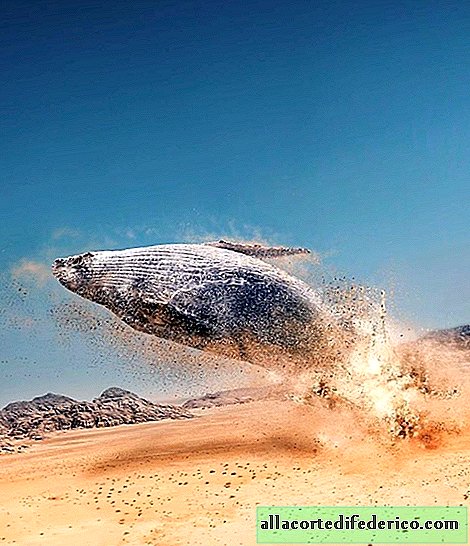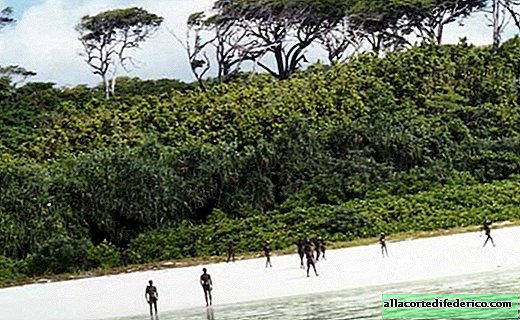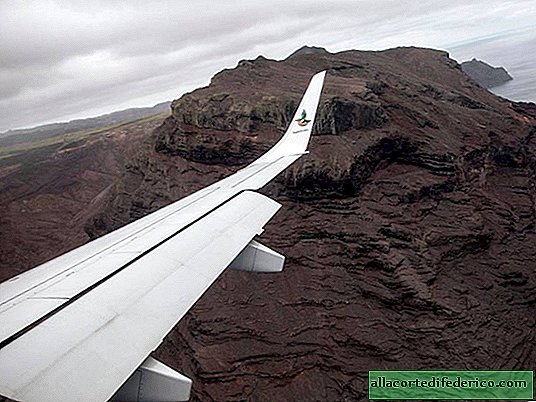Pterosaurs: what riddles hide flying reptiles
When dinosaurs still roamed the Earth, giant winged creatures - pterosaurs, some of which were the size of an airplane, flashed over them from time to time. What kind of creatures they were, how they lived, what they ate - for all these questions, scientists have been looking for answers for many years. But the remains of pterosaurs are not always well preserved, hiding the secrets of their owners. Therefore, any find is of great interest to researchers. Like, for example, two fossils of pterosaurs discovered in Jordan.
A bird the size of an airplane
Both pterosaurs belong to the so-called Saastrichtian stage - the period that ended the reign of dinosaurs on Earth, which began 72 million years ago and ended about 66 million years ago with the fall of a huge 10-kilometer asteroid on our planet. This led to the extinction of countless ancient reptiles, including pterosaurs.

The pterosaurs in question were found in Jordan in 2005 and 2008, and both belong to the family of pterosaurs called azhdarchids. They differed from other flying reptiles in the special structure of the beak and the presence of a small scallop on the back of the head. By the way, the famous Q. northropi, a pterosaur the size of an airplane with an almost 12-meter wingspan, is part of the same family.

In general, pterosaurs had long wings, which were supported by the “fourth number” (the analogue of the ring finger in humans). They also had sharp long beaks that helped them fish.
Cope without teeth
Of the two Jordanian finds, one relatively small pterosaur (“only” 5 meters in wingspan) was assigned to a new species. His “counterpart”, by contrast, refers to giant pterosaurs like Q. northropi. Unlike most cases when the pterosaur fossils are completely crushed, the bones of the new pterosaurs have survived in volume and can tell scientists a lot about how these creatures functioned. First of all, they are interested in the structure of bones, since how the pterosaurs could fly and breathe depends on this.

Some conclusions can be drawn now. For example, many pterosaurs had fancy teeth, but the Jordanian “duet” is completely toothless. This is evident from the fact that there are no tooth nests in the jaw, there is simply a flat, sharp edge.
Another interesting point is that during the Late Cretaceous, Africa was united with Arabia as one continent. They relatively recently separated from South America, India and Australia. Nevertheless, fewer fossils are found in Africa and on the Arabian Peninsula than on other continents that once formed the same supermaterial with them. The reasons why fewer ancient reptiles lived in one part of the supermaterial than in others remains to be seen.
Based on materials from Livescience.com

















